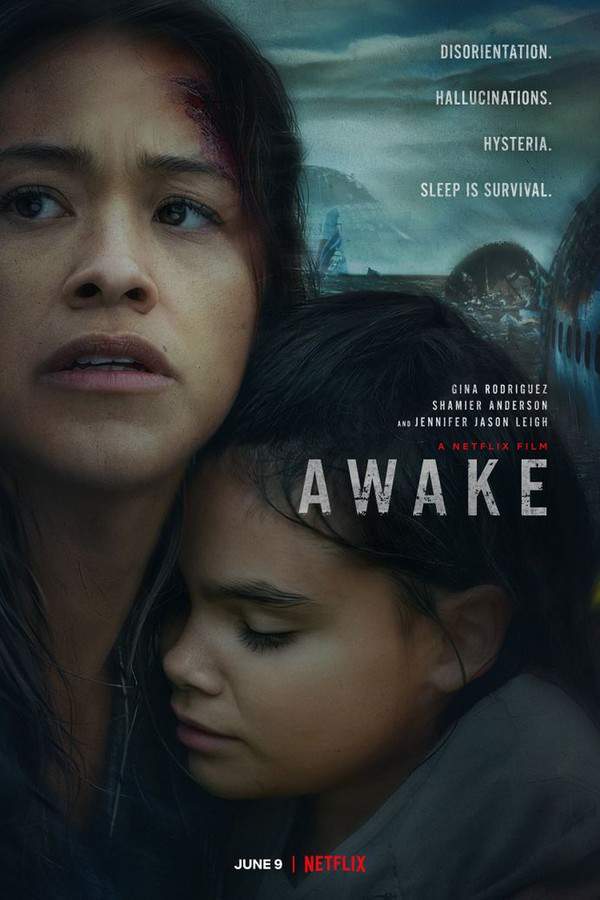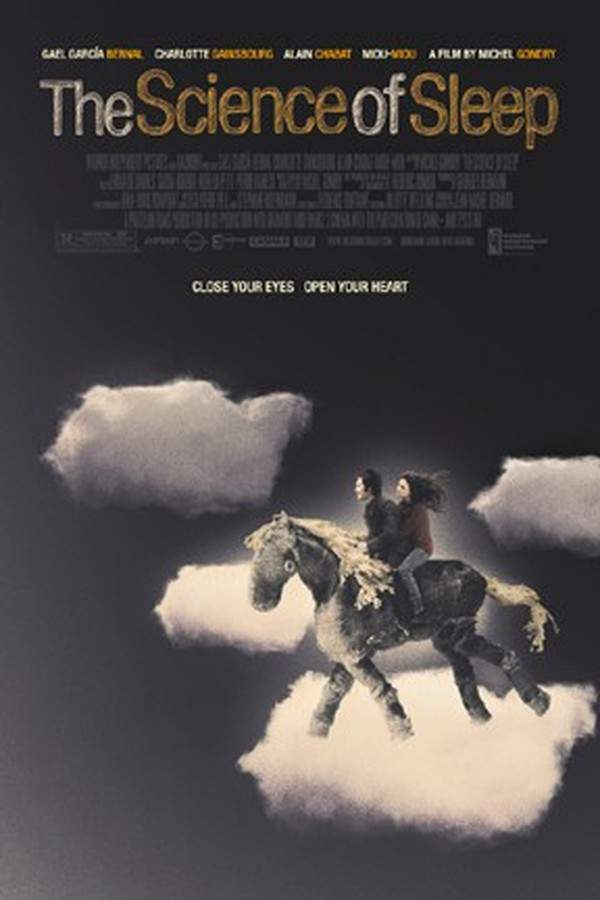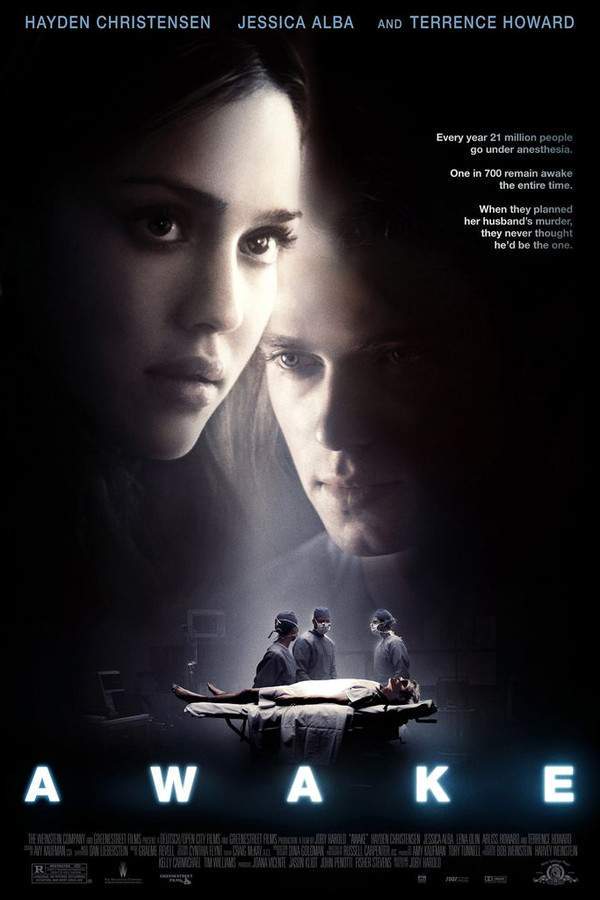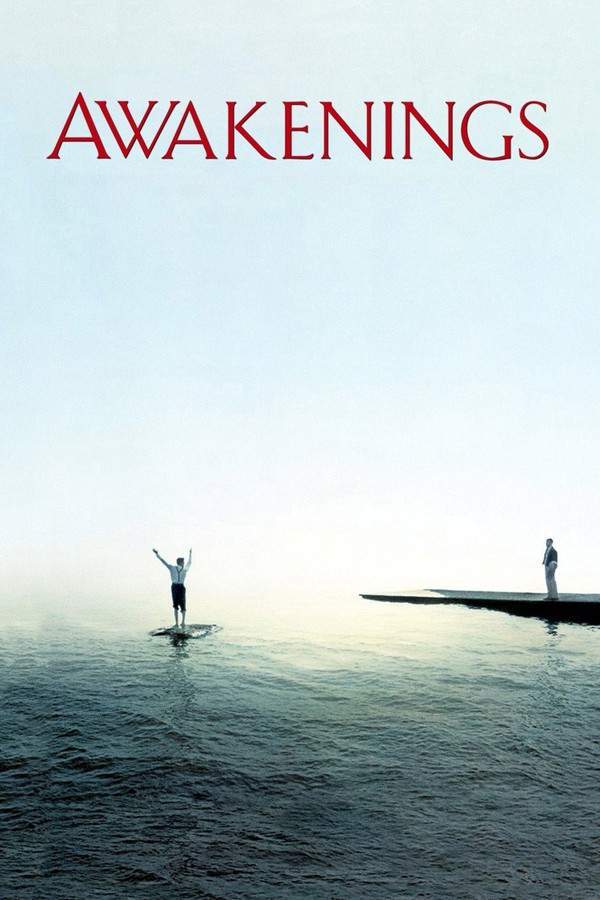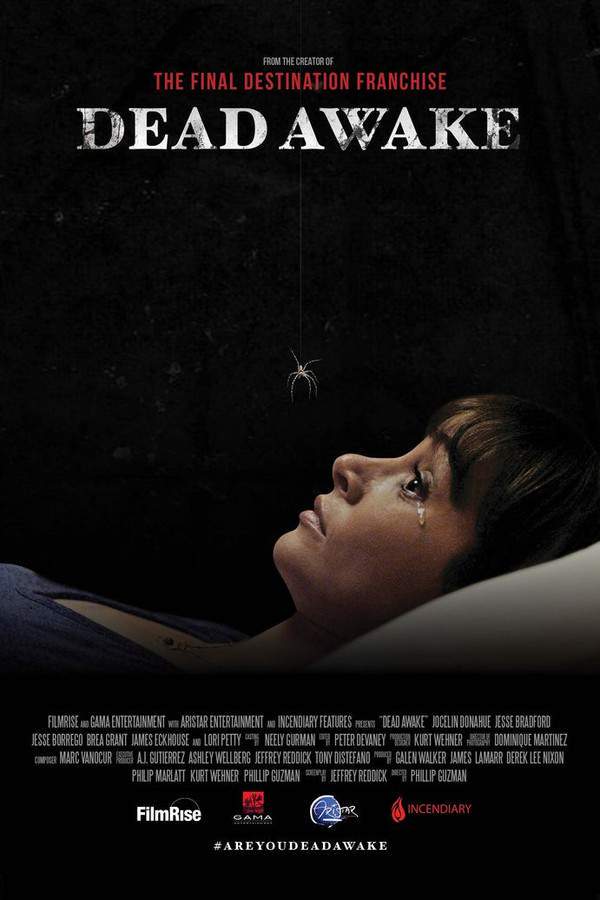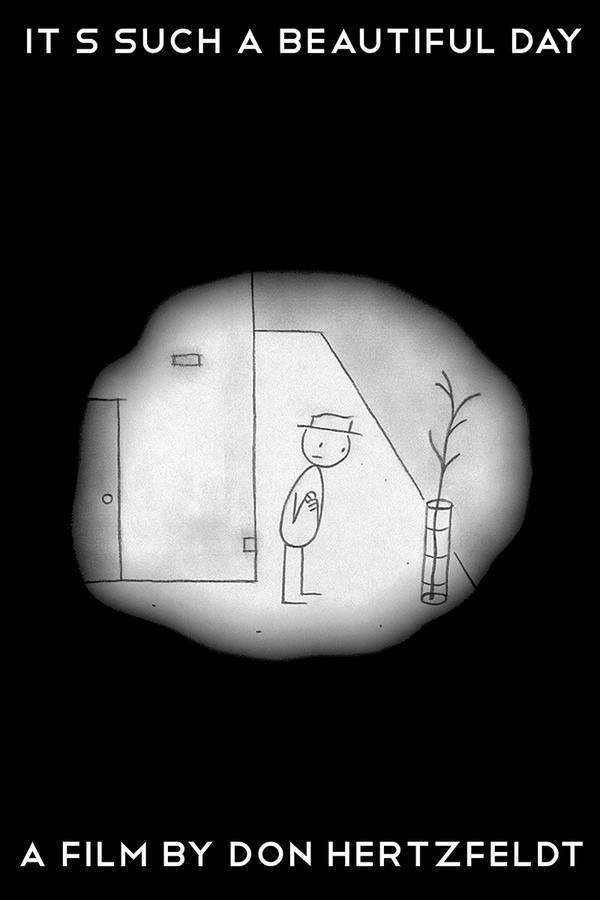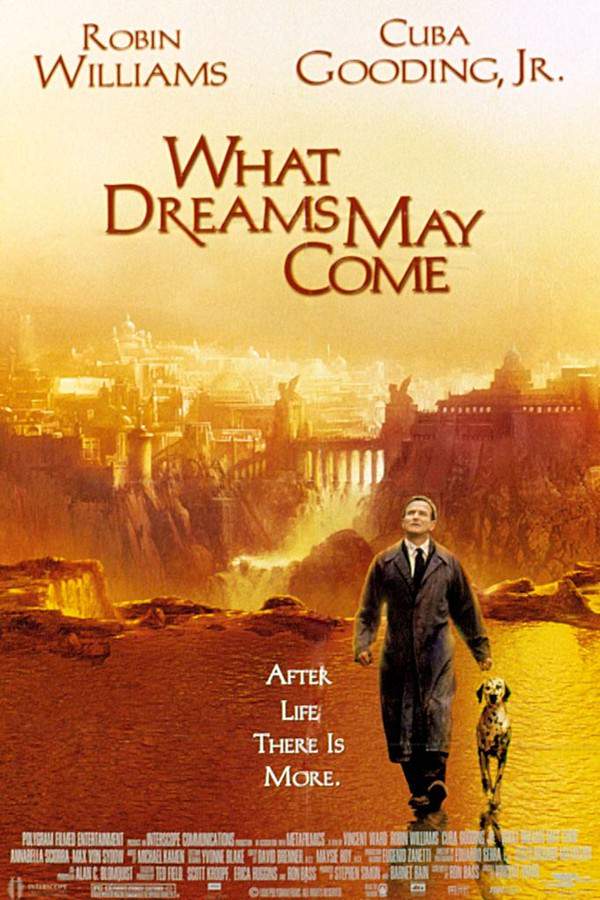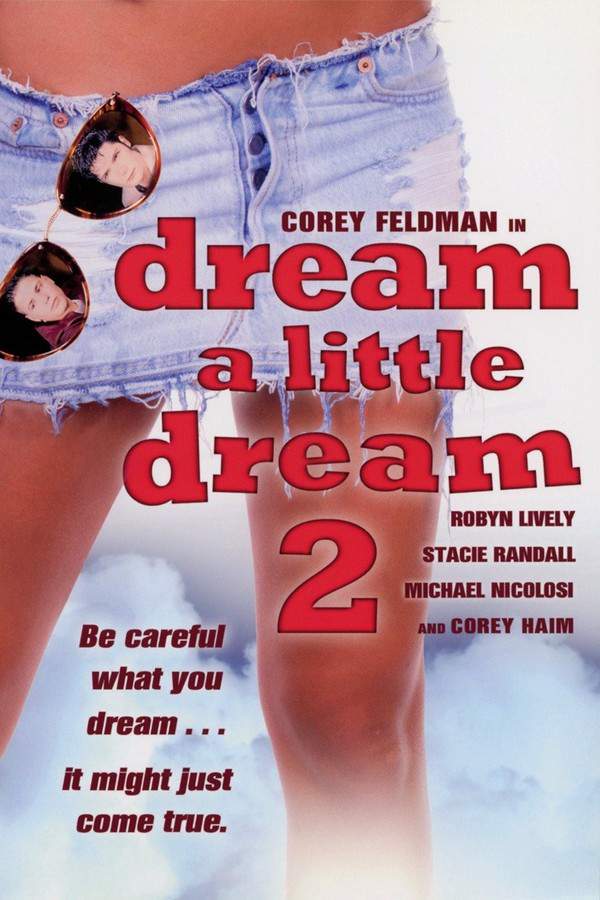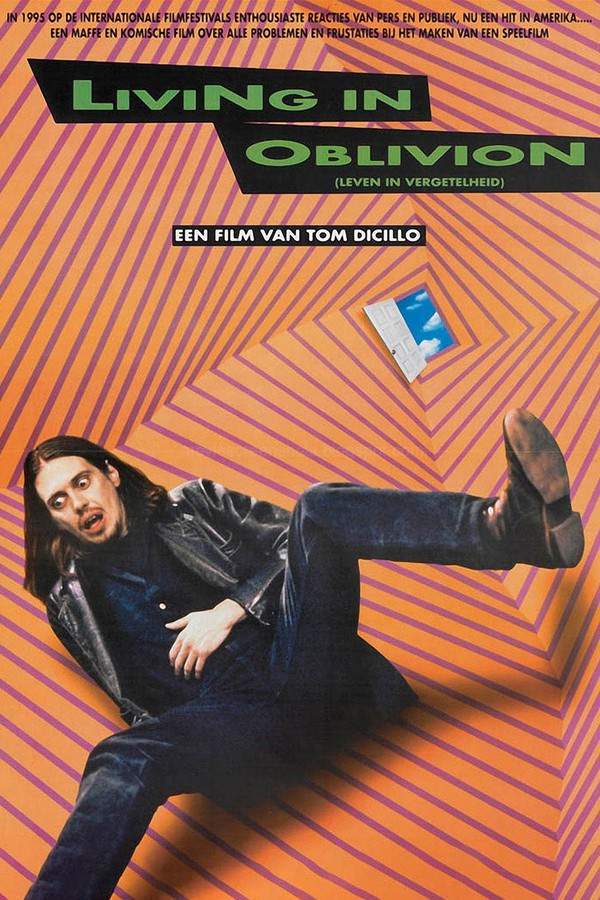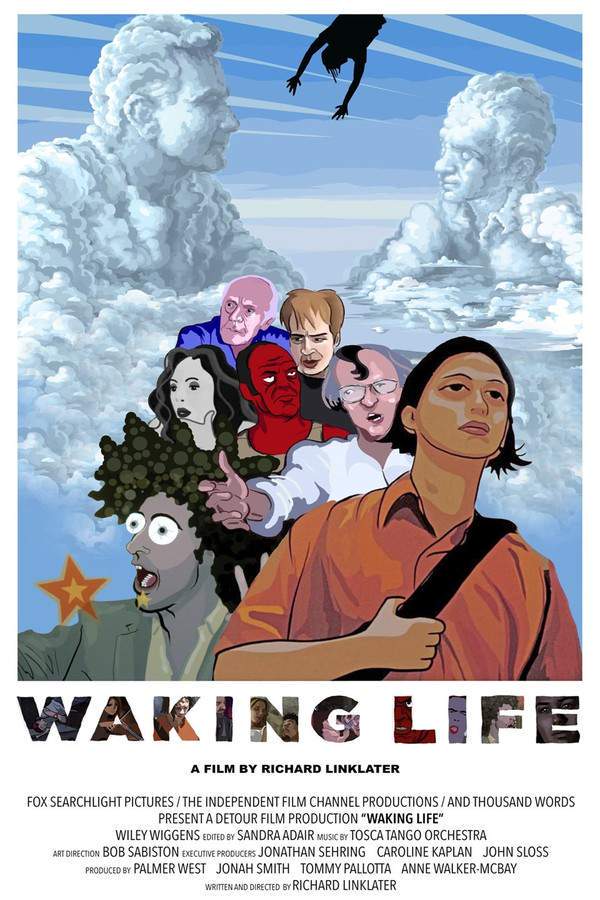
Waking Life 2001
Directed by
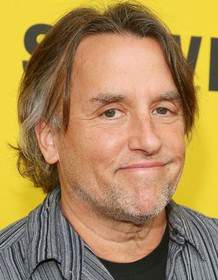
Richard Linklater
Made by

Fox Searchlight Pictures
Waking Life Plot Summary
Read the complete plot summary and ending explained for Waking Life (2001). From turning points to emotional moments, uncover what really happened and why it matters.
In Waking Life, the story unfolds around an unnamed young man who navigates a dream-like reality devoid of clear transitions. His journey leads him through a series of philosophical dialogues with a diverse group of characters, ranging from eccentric intellectuals and artists to ordinary diners and friends. The discussions cover profound topics such as metaphysics, free will, social philosophy, and the meaning of life.
The film also shifts perspectives, allowing viewers to witness discussions among random individuals and couples engaged in deep conversations. These moments explore themes like existentialism, situationist politics, and even the intricate film theories of André Bazin, along with insightful nods to renowned intellectual and literary figures.
As the narrative progresses, the protagonist gradually awakens to the realization that he is ensnared in a perpetual dream state, punctuated only by fleeting false awakenings. Initially, he is a passive observer, but this shifts after an encounter with a captivating woman who approaches him with her creative musings. He becomes aware that she is merely a figment of his imagination, which sparks a change; he begins openly engaging with other dream figures, all while grappling with the unsettling thought of being trapped within this dream world.
The journey culminates in a poignant discussion with a character resembling the protagonist himself, a figure he had encountered earlier. This final exchange delves into the nature of reality, suggesting that it might be nothing more than a singular moment misinterpreted as time—and life itself. The dialogue reveals that living is a continuous rejection of the divine invitation to unify with the universe. It posits that dreams can offer insights into the infinite aspects of reality, and to break free from the deception of life, one must accept this invitation from God.
In the film’s concluding scene, the protagonist walks into a driveway and begins to levitate, echoing a scene from the beginning where a child floats in the same spot. Hesitantly, he reaches for a car’s handle but is lifted swiftly above it and over the trees. He ascends into the vast, azure sky until he ultimately vanishes from sight.
Waking Life Timeline
Follow the complete movie timeline of Waking Life (2001) with every major event in chronological order. Great for understanding complex plots and story progression.
The Protagonist's Journey Begins
The film opens with an unnamed young man who finds himself in a dream-like reality filled with fluid transitions. As he navigates this surreal landscape, he soon realizes that everything around him is part of an intricate dream.
Meeting Diverse Characters
As the protagonist travels, he encounters a range of eccentric intellectuals, artists, and ordinary individuals in diners. Each character engages him in philosophical discussions that challenge his understanding of free will, metaphysics, and the meaning of existence.
Exploration of Philosophical Themes
Throughout his journey, the dialogues touch on existentialism, situationist politics, and even film theory, particularly referencing André Bazin. These conversations reflect the intricacies of life and delve into the existential questions that haunt humanity.
Witnessing Random Conversations
The narrative shifts perspectives, allowing viewers to overhear deep conversations among couples and random individuals. These moments highlight how various people grapple with their own thoughts about reality and existence.
First Encounter with the Protagonist's Imaginary Muse
The protagonist's journey takes a pivotal turn when he meets a captivating woman who engages him with her creative ideas. This encounter becomes a turning point, as he begins to notice the dreamlike quality of her existence.
Awakening to His Dream State
As conversations with various figures continue, the young man starts to awaken to the realization that he is trapped in a dream. This recognition of his state as merely a construct of his imagination instills both fear and curiosity within him.
Engaging with Dream Figures
Transitioning from a passive observer, the protagonist begins to interact with other dream figures. Engaging them in conversation, he uncovers layers of his own psyche while confronting the limits of his dream world.
Confrontation with a Reflection of Himself
The protagonist encounters a character that resembles himself, leading to a profound and poignant discussion. This exchange delves into themes of reality versus perception, suggesting that all experiences might merely be fleeting moments misinterpreted as time.
Philosophical Revelation
In this candid dialogue, he comes to grips with the notion that life is a continual rejection of the divine invitation to connect with the universe. It proposes that dreams hold insightful reflections of reality's infinite aspects.
The Elevator Scene
In a significant and visual echo to earlier in the film, the protagonist finds himself walking into a driveway. He attempts to grasp a car handle but instead experiences an upward lift into the sky, signifying a break from earthly constraints.
Ascension into the Sky
As he levitates above the familiar scenery, the protagonist rises into the azure sky. This climax reflects a liberating moment, transcending the confines of his dream state and hinting at liberation from life's deceptions.
Final Disappearance
Ultimately, the protagonist vanishes from sight as he ascends higher, encapsulating the dream-like journey he has undergone. This ending leaves viewers contemplating the nature of reality and the possibilities that lie in dreams.
Waking Life Characters
Explore all characters from Waking Life (2001). Get detailed profiles with their roles, arcs, and key relationships explained.
Unnamed Young Man
The protagonist traverses a surreal dream landscape, grappling with complex ideas about life and consciousness. At first a passive observer, he gradually awakens to the realization of his dream state, engaging with other dream figures. The character's evolution embodies the struggle between acceptance and inquiry.
Waking Life Settings
Learn where and when Waking Life (2001) takes place. Explore the film’s settings, era, and how they shape the narrative.
Time period
The narrative unfolds in an indefinite timeframe, emphasizing a departure from conventional storytelling. It seems to exist outside of a specific historical context, focusing instead on timeless philosophical questions. This lack of temporal grounding reinforces the film's exploration of dreams and consciousness.
Location
The film adopts a dream-like setting where the boundaries between reality and imagination blend seamlessly. Characters engage in deep philosophical discourse in various informal locations, suggesting a vibrant, intellectual community. The landscapes are not defined by physical geography but by abstract thought, reflecting the inner states of the protagonist.
Waking Life Themes
Discover the main themes in Waking Life (2001). Analyze the deeper meanings, emotional layers, and social commentary behind the film.
🌀
Existentialism
The film deeply engages with existential themes, questioning the nature of reality and free will. Characters ponder their existence and the meaning behind life, mirroring the thoughts of various philosophers. This exploration encourages viewers to reflect on their own perceptions of reality.
🌌
Dream vs. Reality
The dichotomy between dreams and reality is central to the film’s narrative. The protagonist’s journey illustrates the complexities of consciousness, inviting the audience to consider how dreams can illuminate truths about existence. It challenges the perception of life as a mere illusion.
💭
Philosophical Discourse
Through diverse conversations, the film serves as a platform for philosophical dialogue. Topics like metaphysics and social philosophy emerge organically, showcasing the intellect of its characters. This thematic focus positions the film as an exploration of human thought and inquiry.
Waking Life Spoiler-Free Summary
Discover the spoiler-free summary of Waking Life (2001). Get a concise overview without any spoilers.
In a world that feels more like a waking reverie than a concrete city, a nameless young man drifts through a series of ever‑shifting scenes that blur the line between sleep and day. The film’s visual style is a fluid, hand‑drawn animation that ripples and reshapes the environment with each footstep, creating a sense of perpetual motion that mirrors the protagonist’s unsettled mind. Everyday locations—cafés, lecture halls, quiet streets—are rendered with a dream‑like elasticity, inviting the viewer to wonder whether any surface is truly solid.
From his first steps, the protagonist encounters a kaleidoscope of voices: philosophers debating metaphysics, artists musing on creation, strangers sharing fleeting insights about freedom and existence. These conversations pulse with a lively, improvisational rhythm, suggesting that the true narrative is less about plot and more about the exchange of ideas. The tone oscillates between contemplative and whimsical, a gentle comedy of thought that never feels heavy despite the depth of its subject matter.
The central mystery is not a crime to solve but a question to inhabit: What does it mean to be awake when the world itself seems to be a perpetual dream? As the young man moves from one encounter to the next, he transitions from a passive observer to someone who begins to engage, probing the limits of his own awareness. The film’s atmosphere is suffused with curiosity, encouraging the audience to follow the same winding path of inquiry, feeling both the exhilaration of discovery and the subtle unease of uncertainty.
Through its seamless blend of visual experimentation and philosophical dialogue, the story establishes a richly textured landscape where every turn offers a new perspective on consciousness, free will, and the fragile boundary between imagination and reality.
Movies with Similar Twists and Themes
Uncover films that echo the narrative beats, emotional arcs, or dramatic twists of the one you're exploring. These recommendations are handpicked based on story depth, thematic resonance, and spoiler-worthy moments — perfect for fans who crave more of the same intrigue.
Featured on this page

What's After the Movie?
Not sure whether to stay after the credits? Find out!
Explore Our Movie Platform
New Movie Releases (2025)
Famous Movie Actors
Top Film Production Studios
Movie Plot Summaries & Endings
Major Movie Awards & Winners
Best Concert Films & Music Documentaries
Movie Collections and Curated Lists
© 2025 What's After the Movie. All rights reserved.


